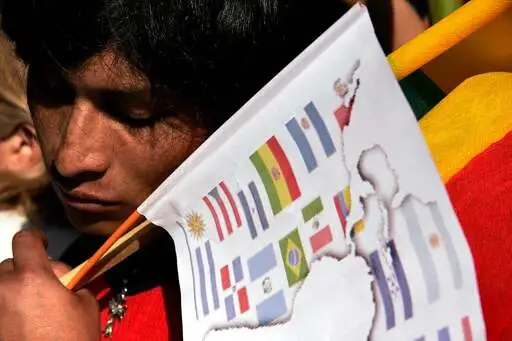Why the EU-Mercosur Agreement is only the start of the story --
Why the EU-Mercosur Agreement is only the start of the story --
Why Mercosur is only the start of the story

The EU-Mercosur agreement could reshape not only transatlantic relations, but the economic map of Latin America itself. After a quarter-century of stop-go negotiations, Brussels and the four Mercosur states — Argentina, Brazil, Paraguay and Uruguay — finally have an agreement on the table that slashes more than 90 percent of tariffs, reins in non-tariff barriers, locks in sustainable-development commitments and contains other provisions that reach well beyond trade in goods.
But signing on the dotted line is only the first step.
The agreement needs to be ratified by the Council of the European Union - the EU could approve its planned trade deal with South American bloc Mercosur before summer, according to an official -, the European Parliament, and parliaments in Buenos Aires, Brasilia, Asunción, and Montevideo.
The question for policymakers, businesses, and civil-society leaders on both sides of the Atlantic is not simply 'if' the deal will pass, but 'where' it could lead next: could this agreement become the springboard for a transatlantic EU-Latin America bloc?
...
If the EU-Mercosur agreement is ratified, the EU will have [Free Trade Agreements] FTAs with 95 percent of Latin America's GDP, compared to just 44 percent for the US and 14 percent for China.
...
The EU-Mercosur agreement can be the foundation for something far more ambitious: an interconnected web of trade agreements that bind together the existing FTAs — from north to south of the region — between the EU and Mexico, Central America, the Caribbean, Colombia, Peru, Ecuador and Chile and — hopefully soon — Mercosur itself.
...